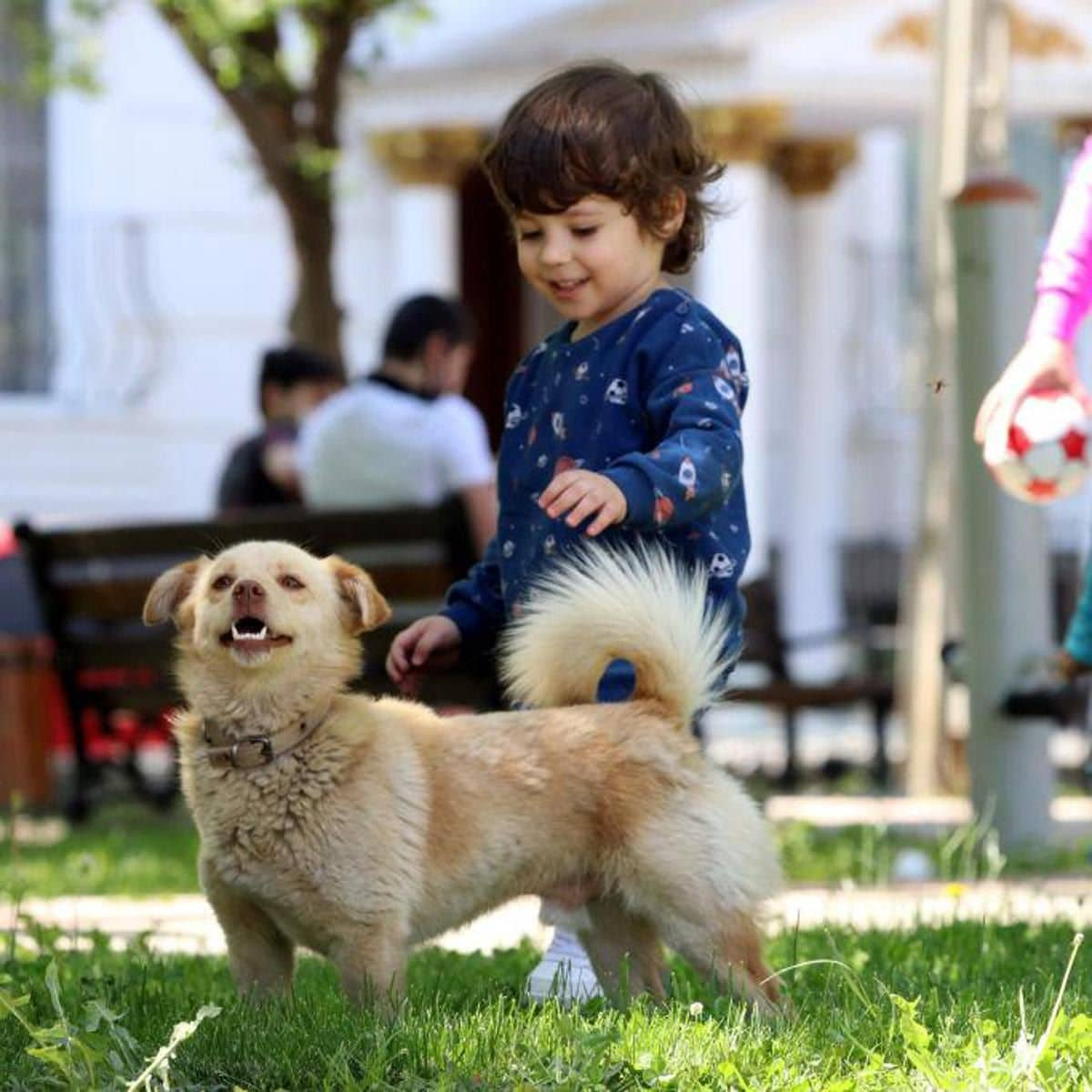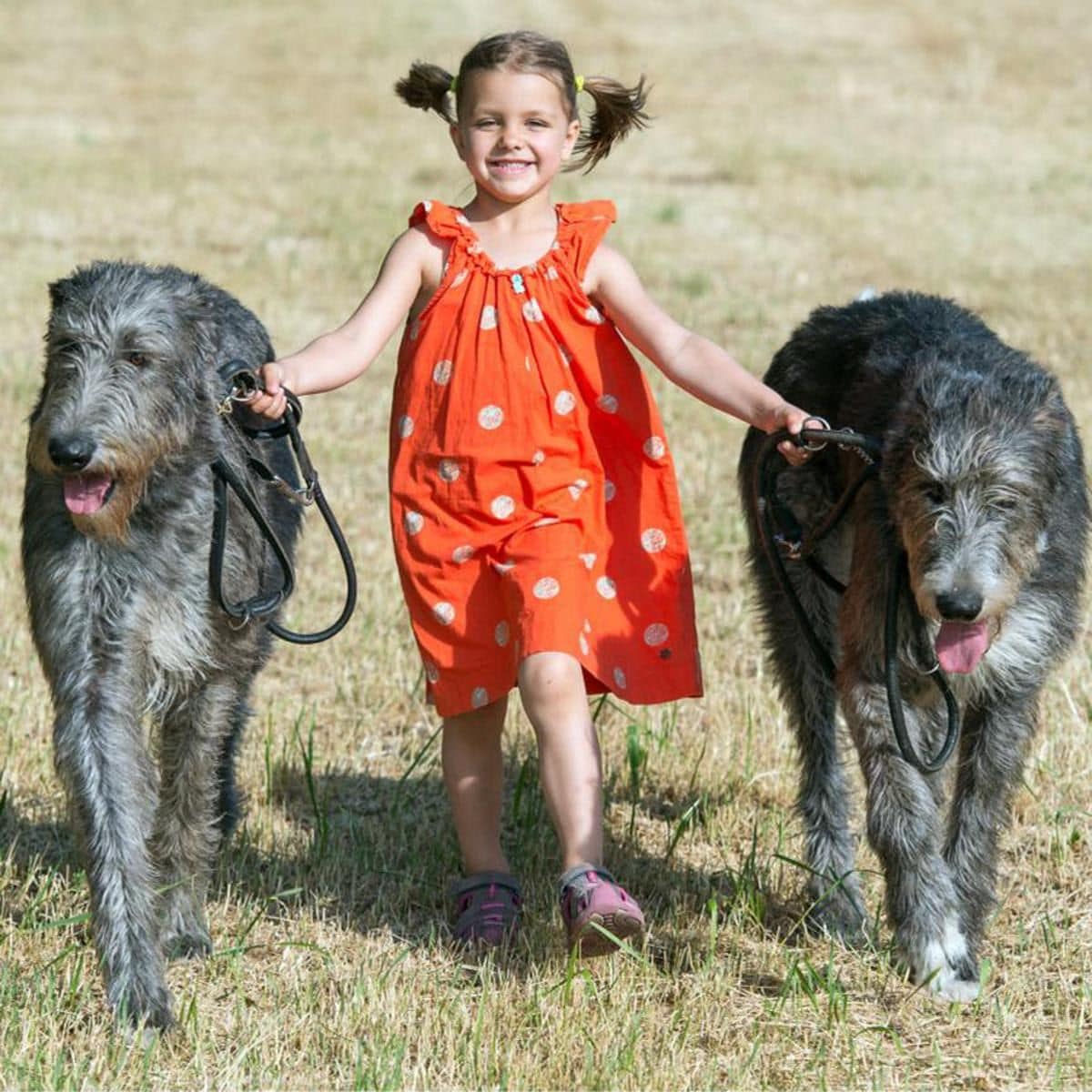In a world with tablets, cell phones, and television, it can be hard to get your child the right amount of physical activity. Years ago, children would get on their bikes and head to the local park for a day of fun with friends, but it’s hard to deny that things have changed. But there may be a furry friend that can help you with that.
The International Journal of Behavioral Nutrition and Physical Activity notes that international guidelines advise children aged 1 to 4 to engage in 180 minutes of total physical activity daily, including 60 minutes of moderate-to-vigorous intensity physical activity (energetic play) for those aged 3 to 4. For children aged 5 to 17, the recommendation is 60 minutes of moderate-to-vigorous intensity physical activity each day. But a large proportion of children do not meet these recommendations.
A study published last month by the journal provides the first evidence that having a dog might lead to increases in specific types of physical activity among children, particularly among girls. It suggests that the positive effects of dog ownership on children’s physical activity start early in childhood.
Girls who got a dog tended to do more light activities and games by about 52 minutes a day, while those who lost a dog did less of these activities by about 62 minutes daily. Losing a dog also meant girls did less physical activity by about 46 minutes each day.
Boys who owned dogs played energetically more, especially compared to boys who didn’t have dogs. Girls who got dogs also did more unstructured activities, while losing a dog led to less unstructured play for both girls and boys.
So, having a dog could be a way to encourage healthy exercise in children and reduce their short and long-term risk of chronic disease.
The study makes sense since dogs provide motivation and obligations to be active with them. They require walks and encourage playtime with activities like fetch. Kids also have fun following them around the house.
,type=downsize)






